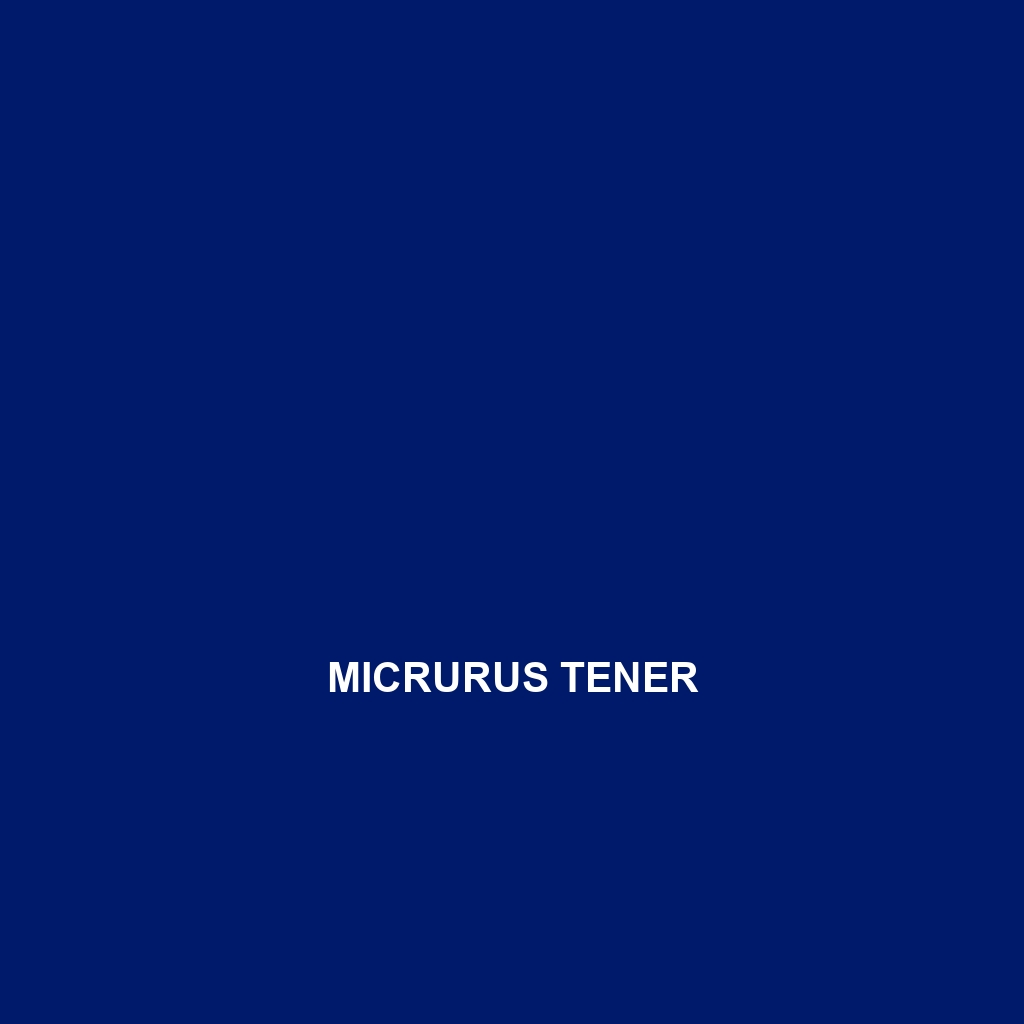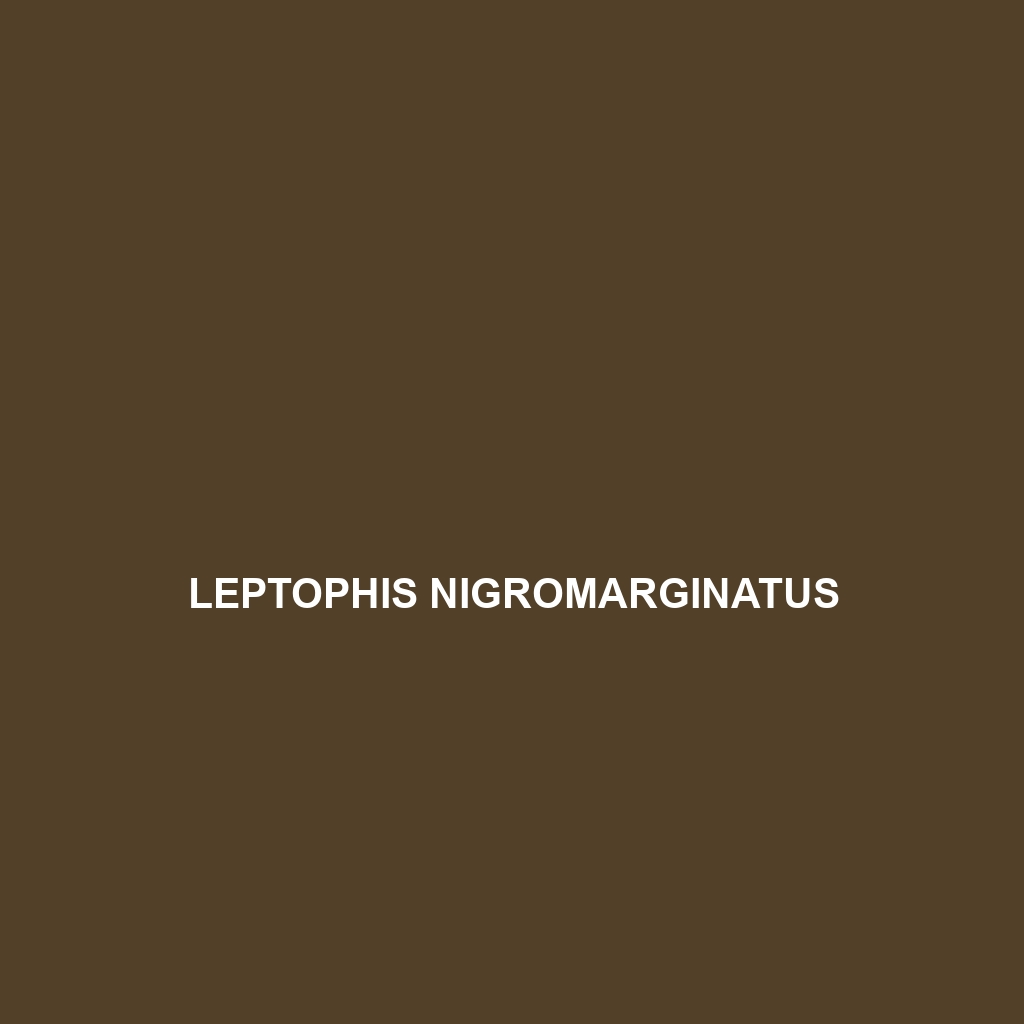The Sonora Whipsnake (Sonora aemula) is a slender, medium-sized snake, reaching lengths of 3 to 4 feet, with a smooth, shiny scale texture and a distinct coloration ranging from light tan to dark brown with stripes. Inhabiting dry desert environments of the southwestern U.S. and northern Mexico, this nocturnal predator primarily feeds on small mammals, lizards, and birds, playing a vital role in maintaining ecosystem balance.
Tag: snake behaviors
Sonora aemula
The Sonora Whipsnake (Sonora aemula) is a slender, medium-sized snake, reaching lengths of 3 to 4 feet, with a smooth, shiny scale texture and a distinct coloration ranging from light tan to dark brown with stripes. Inhabiting dry desert environments of the southwestern U.S. and northern Mexico, this nocturnal predator primarily feeds on small mammals, lizards, and birds, playing a vital role in maintaining ecosystem balance.
Philothamnus occidentalis
Discover the stunning Philothamnus occidentalis, also known as the Western Green Snake, which thrives in humid African habitats and captivates with its vibrant green coloration and semi-arboreal behaviors. This carnivorous reptile plays a vital role in controlling local prey populations while showcasing remarkable camouflage and climbing abilities.
Pareas yunnanensis
<p>Discover the <b>Pareas yunnanensis</b>, or Yunnan slug snake, a slender, nocturnal carnivore native to the humid forests of Southeast Asia. Known for its striking camouflage and unique hunting techniques, this species plays a crucial role in maintaining ecological balance within its habitat.</p>
Oligodon meyerinkii
<p><b>Oligodon meyerinkii</b>, commonly found in tropical Southeast Asia, is a medium-sized, nocturnal snake known for its adaptability to diverse habitats and impressive hunting skills. With a diet primarily consisting of small mammals and insects, this species plays a vital role in maintaining the ecological balance as a predator while showcasing unique coloration and burrowing behaviors.</p>
Micrurus tener
Experience the fascinating <b>Eastern Coral Snake (Micrurus tener)</b>, known for its striking pattern of red, black, and yellow or white bands, and its role as a vital predator in ecosystems across the southeastern United States and Central America. This small to medium-sized, nocturnal reptile utilizes its neurotoxic venom to hunt snakes, lizards, and amphibians, playing a crucial role in maintaining ecological balance.
Madagascarophis colubrinus
<p><b>Madagascarophis colubrinus</b>, known as the Malagasy snake, is a remarkable carnivore native to Madagascar, thriving in diverse habitats from lush rainforests to savannas. This slender, medium-sized snake features a glossy appearance with dark brown and green patterns, and plays a vital role in regulating local ecosystems by preying on small mammals and birds.</p>
Liopeltis tiomanica
The Liopeltis tiomanica, or Tioman Island Snake, is a slender, non-venomous snake native to the tropical rainforests of Tioman Island, noted for its striking coloration that aids in camouflage among foliage. Primarily nocturnal, it preys on small vertebrates and invertebrates, playing a vital role in maintaining the ecological balance of its habitat.
Leptophis nebulosus
Discover the exquisite Leptophis nebulosus, or Cloudy Snakeskin, renowned for its striking green and brown colors, distinctive yellow spots, and arboreal lifestyle in the lush rainforests of Central America and northern South America. This diurnal snake, primarily feeding on frogs and small mammals, plays a crucial role in its ecosystem by maintaining the balance of its habitat's biodiversity.
Lepidophyma radula
Discover the unique Lepidophyma radula, or Central American earthworm snake, a small nocturnal serpent measuring 30-50 cm, known for its smooth, dark-brown to slate-gray scales and burrowing lifestyle. Found in the rainforests of Nicaragua and Costa Rica, this insectivorous species plays a crucial role in regulating invertebrate populations within its ecosystem.









